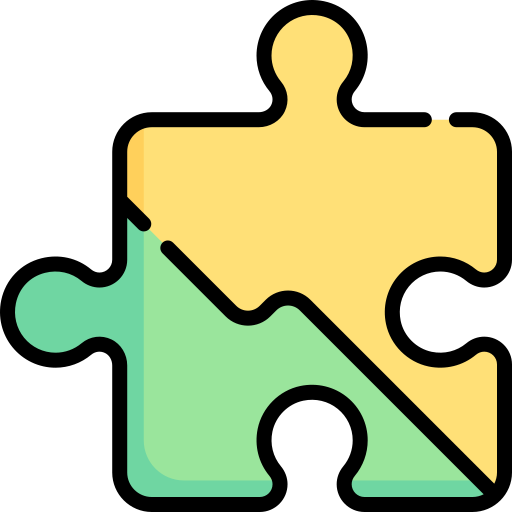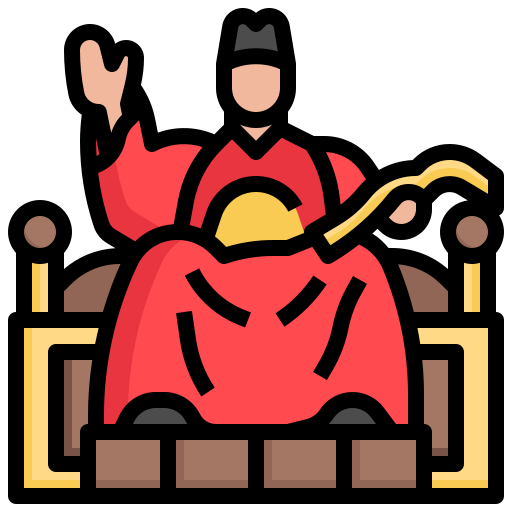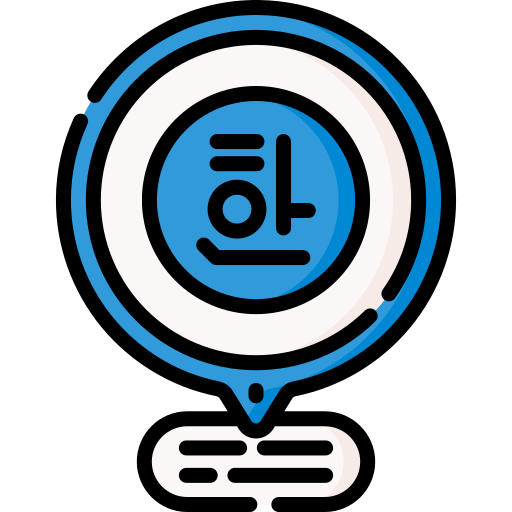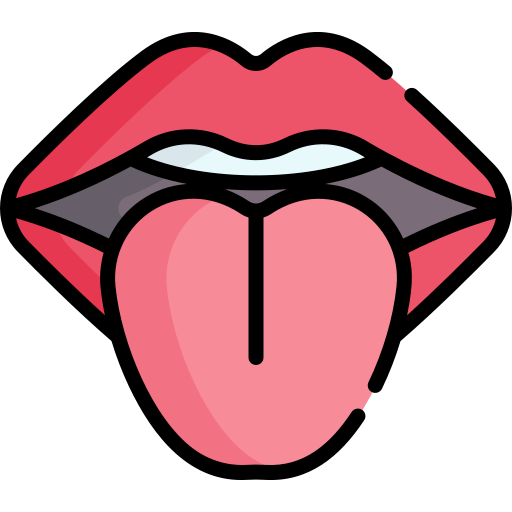 Survival Korean
Survival Korean
Completion requirements
View
한글
Foundational Korean: Hangeul
Browse the glossary using this index
Special | A | B | C | D | E | F | G | H | I | J | K | L | M | N | O | P | Q | R | S | T | U | V | W | X | Y | Z | ALL
C |
|---|
Character
DefinitionA character is ANY symbol in a script or writing system. | |
Consonant Cluster
DefinitionA consonant cluser is similar to a diphthong where, rather than two vowels being combined, two consonant phonemes are. For example, the word "cluster" actually has two consonant clusters: /cl/ and /st/. In Korean, there are no such actual consonant clusters in terms of phonemes, only in spelling! But the spelling of consonant clusters (such as 읽) that only really have a single pronunciation (i.e., 읽 --> 익) can be very confusing. It is even more confusing when there is another syllable next to the cluster and then both consonants are pronounced in two different syllables. For example, 읽다 (익다) can be 읽어 which is pronounced exactly how you see - 일거. | |




